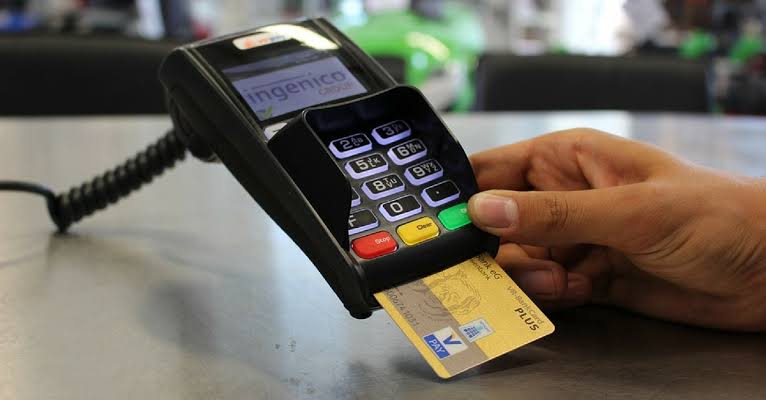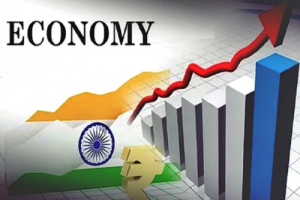Thirty-five-year-old Neetu Devi carries wheat in her sarees pallu and places it on the counter of Ramswaroop Sharmas shop. He weighs the wheat – it measures slightly less than 250 grams – prices it at Rs 4 and in exchange hands over two matchboxes and a candle to her. The transaction is now complete.
In an India where terms like Paytm, Google Pay and internet banking are increasingly becoming a commonplace, residents of villages like Ladore Khurd, Ledor Kalan, Bahrai, Mengra and Hakimpura in Rajasthan”s Karauli district are still engaging in the century-old barter or commodity exchange system.
Picture this scenario: Customer A has 1 kg wheat and seeks to buy sugar. A goes to shopkeeper B and requests to exchange their wheat for sugar. Under this commodity exchange system, B buys the wheat – for a price lower than the market rate – and hands over 1 kg of sugar. In the market, the price of wheat is currently lower than that of sugar. B later sells this wheat at a profit.
This system works well since agriculture is the primary occupation across these villages. The lack of cash within their economic circles has led residents to exchange home-grown grain for ration.
Dynamics of make-do ”cash”
Neetu from Ladore Kalan village comes from a small family of labourers. As a substitute for cash, her family grows grains on its farmland and exchanges it for ration in the market. She explains that because of poverty and unstable employment, household goods like sugar, oil and kerosene are procured by exchanging wheat, millet, mustard and sesame. When asked about ”digital economy”, Neetu says she has heard of the term but isn”t aware what it means.
Sharma, from whom she bought candles and match box, runs a small shop, selling vegetables, mustard oil, kerosene and other items in exchange for food grains. On the same lines, Mukesh Jadoun of Ledor Khurd village has been running a small grocery shop for 10 years. He says it is common for residents to engage in barter system.
”Small shopkeepers like us get a little more profit in this. We buy grains at less than market price from villagers, sell it in the market at a higher prices and earn profit,” he explains, adding that he gets more than 100 kg grain every month through this arrangement.
Shankar Singh, a social worker from Rajsamand district, says apart from Karauli, this system is practised in tribal areas of Udaipur as well. He adds that the barter system isn”t phased out completely even though its prevalence has reduced over the last decade.
While most of the country”s 1.3 billion people were left hanging after the Modi government banned Rs 500 and Rs 1,000 notes on October 8, 2016, life across these villages continued seemingly unaffected. Demonetisation only accelerated the commodity exchange system residents engage in.
Moreover, there are no banks or ATMs in any of the villages in Karauli district. A single bank resides in the main district area. This makes it difficult for bank account holders to regularly travel back and forth to withdraw cash.
Jaipur-based chartered accountant Raghuveer Singh Punia says rural areas were worst-hit by demonetisation. ”Due to decreasing cash, people started meeting their daily needs through barter. Second, there are few banks in rural areas. People from villages come to the city once or twice a month for bank work,” he explains.
Jadoun claims the barter system increased swiftly post-demonetisation and now has reduced only slightly. He says, ”At the time of note ban, almost everyone from the village bought goods by exchanging grain. During those few months, I earned around seven to eight sacks of cereal. Today as well, I get one-two sacks of grain every month.”
Deena Sharma from Bahrai village says exchange of goods took place for purchase of vegetables and other daily-use products even until 10 years ago. She adds that note ban in 2016 only increased this activity. Sarpanch of Khedia village, Bhawna Devi, concurs and says it is a common, traditional system, which accelerated after demonetisation.
Nesar Ahmed, senior analyst at the Rajasthan Centre for Budget Analysis, too is of the view that demonetisation accelerated barter trade. ”Before currency, barter was a way of trading. Now, when people did not have enough cash after demonetisation, they looked at other options and barter was the easiest. That is why it has been seen that the tradition of commodity exchange has come alive after demonetisation. While most villagers did not have cash, the ones who did found no use for it, and the best resort was barter system.”
Pinty Sharma, a shopkeeper in Hakimpura, explains that this economic system is not just business but a ”symbol of faith” as well, as it creates a level of trust between the customer and shopkeeper. ”After the ban on notes, this belief has increased,” he says.
(Inputs with 101 Reporters).
























